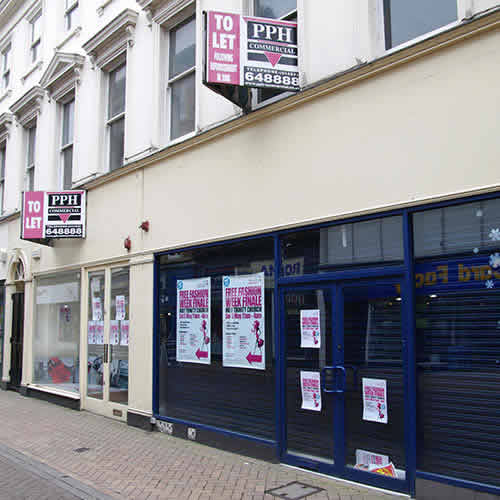Online is thriving and town-centres are in crisis. David Jinks, head of consumer research at ParcelHero. asks whether a new breed of indies can be the heart of the consumer-friendly high street of the future
The death of the high street is much nearer than people think. As the latest ONS retail figures show, UK shoppers’ weekly online spending has reached £1 billion a week – an increase of 26.8 per cent on last year.
ParcelHero’s industry report, 2030: The Death of the High Street, has revealed that by 2030 – just 14 years’ time – the impact of online shopping and home deliveries will mean more than half of today’s town-centre stores will be a memory. How will today’s electrical retailers respond to the e-commerce challenge?
The reason for the collapse of the high street is not hard to find. By 2030, e-commerce will account for around 40 per cent of all UK retail sales. How many of those remaining stores will be electrical retailers? Does the sector have a future off-line?
Since the world’s first online sale was made by Tesco in 1984, much has changed. One of the sectors to have transformed the most is the electrical retail sector. It’s particularly sensitive to changes in technology – not just the impact of the internet, but also the very products it sells.
Take Radio Rentals (1930-2000) – two words that probably don’t feature in many shop names today. Radios are a smaller part of today’s sales, but in pre-TV 1930 they were all-important. And the ‘Rentals’ part seems even more quaint today. Even as recently as the early ’80s, items such as televisions and new-fangled video recorders were very expensive as a proportion of the average person’s wage. Many consumers chose to simply rent their sets. When people finally woke up to the fact they could finally afford a telly, Radio Rentals merged with Granada TV Rentals to form Boxclever, but has long since disappeared from the high street [Boxclever is still going with its online rentals business].
Many other once-famous electrical retail brands of the ’80s have fallen victim to new technologies. Remember Rumbelows (1969-1995); Tandy (1973-1999) a great place to buy your five-pin DINs and now a reincarnated webstore, or Comet (1933-2012)? A victim of Amazon and the move of supermarkets into electrical goods, Comet crashed to earth in 2012, as people wised up to its expensive extended guarantees.
Another important part of the ’80s retail scene were the shops owned by local electricity boards, where you could pay bills and buy electrical goods. A number merged to form Powerhouse in 1992. It became the UK’s third-largest trader in electrical goods, but disastrous computer and mobile ventures doomed it to closure in 2006.
So the big chains came and went, but what became of the smaller independents? Those specialising in repairs and reconditioned items inevitably suffered as goods became increasingly reliable and/or cheaper. Who would repair a TV or washing machine when it’s as cheap to buy a new one?
Those independents who focused on new items fared better, but suffered from the impact of e-commerce. Online prices are difficult to match for a business with the overheads involved in maintaining a high-street store.
IbisWorld reports the overall UK parcel market is a £9 billion one, with over 3,000 businesses, but it is currently contracting by 0.3 per cent a year.
So is all lost for the indies?
Already this year, my handy local retailer, Homegoods in Bicester, has closed – upsetting, as they were knowledgeable and happy to price-match. But those retailers who survive the storm can thrive if the high street is repurposed. By 2030, our town centres must consist of fewer, mostly independent, shops, with a flourishing local population at its heart.
There must be many more houses among the shops, bringing life back to some high streets that were previously ghost towns after 6pm. Stores offering local people great, knowledgeable service, a competitive price and – all importantly – delivery options that fit customers’ needs (and that includes one-hour deliveries and fitting on urgent items, such as washing machines) will continue to prosper.
Websites are key to living alongside the growth of e-commerce. But scrappy, old-fashioned sites are off-putting, as are lack of payment options, such as PayPal. In some ways any indie’s website simply cannibalises sales from its store, but it’s vital in today’s world to offer the option – and stressing the fact that knowledgeable staff can help with detailed questions in-store is a bonus.
Your site might well be linked to shared out-of-town distribution centres in 2030, which will increasingly be the norm. The logistics behind local electrical stores will change considerably as e-commerce technology and deliveries merge. Autonomous vehicles and droids will be delivering into retail outlets, such as electrical stores, and direct to town-centre homes from those out-of-town distribution centres.
So the town centre, with its much-loved independent electrical retailers at its core, can thrive in one form or another in 2030. But retailers must rethink their high-street and web offering to embrace the e-commerce revolution.


